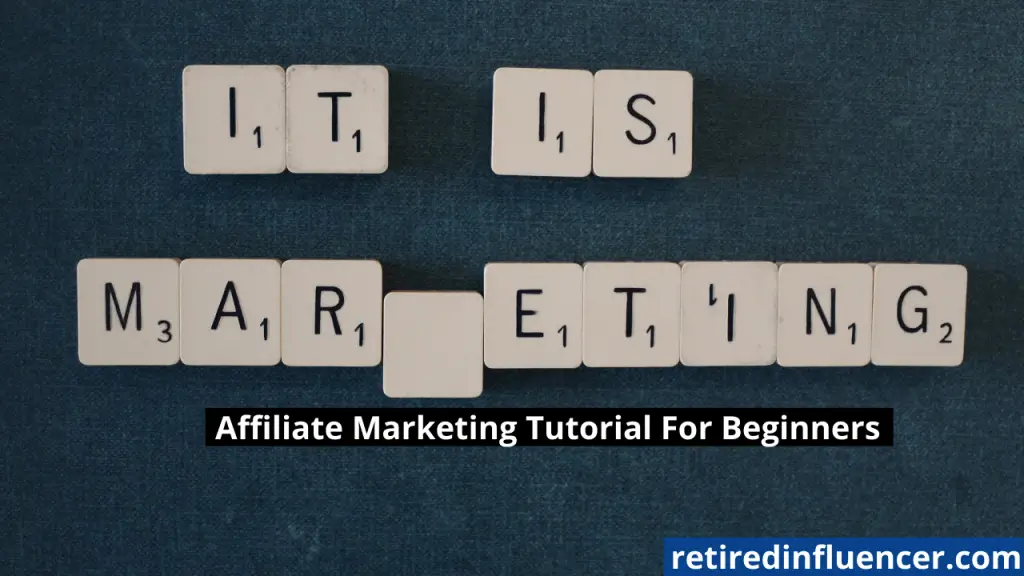If your goal is to make serious money with your affiliate marketing business or activities, there’s no way of escaping a landing page.
While you can engage in affiliate marketing without having a landing page, website, or blog, you’re still going to need a landing page built for your promoted products or services.
Because adding affiliate links to a landing page is a professional way of doing affiliate marketing rather than direct linking, which can get you into problems in the long run.
Posting your affiliate links to a landing page can help boost or increase your conversion rates and sales.
They allow you to build an email list of targeted audiences to which you can future remarket to through email marketing.
- Check Out The Best Landing Page Builder For Affiliate Marketing Here.
Table of Contents
What Is A Landing Page In Affiliate Marketing?
A landing page in affiliate marketing serves as a dedicated web page designed to capture visitors’ attention and direct them to a specific action such as,
- Filling out a form
- Making a purchase
- Or subscribing to a service
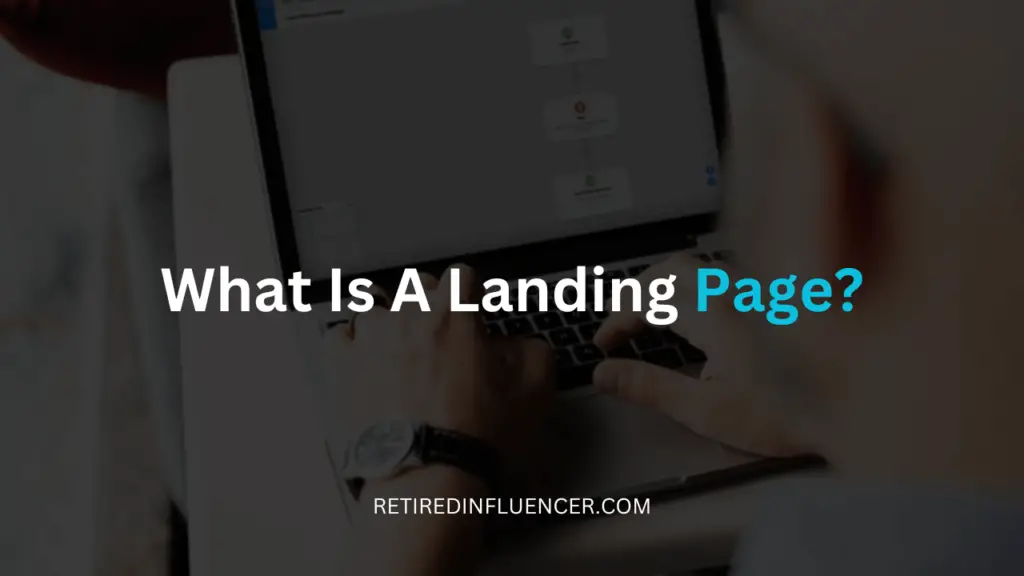
Landing pages often act as a bridge between the product you’re promoting and the merchant sales page.
Landing pages are distinct from other pages on a website in that they have a singular focus and are designed to be used as standalone pages.
They’re typically designed to drive traffic to a specific offer or promotion.
And they’re visually appealing, concise, and easy to navigate.
They often include elements such as,
- Headlines
- Subheadings
- Images or videos
- Calls-to-action
- and forms to collect users’ email addresses or information
Ultimately, the goal of a landing page is to maximize destruction and guide users toward conversion rates by providing clear and compelling information about the promoted product.
- Recommended Reading: What Is A Sale Funnel In Affiliate Marketing
Do You Need A Landing Page For Affiliate Marketing?
If you’re into affiliate marketing, there’s no way of running away from this.
Having a landing page for your affiliate marketing business or venture is generally recommended.
A landing page is there to help or support your value proposition; adding affiliate links to a landing page is a natural way of promoting affiliate offers instead of direct linking.
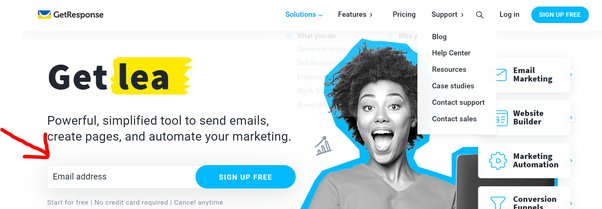
Social media platforms view direct affiliate links as SPAM.
This is because they prioritize user experience and want to prevent their platforms from being flooded with promotional materials or content.
Posting direct affiliate links to many platforms can lead to your posts being removed or your account being banned or suspended.
That said, yes, you can do affiliate marketing without a landing page, but it’s not generally recommended.
- Recommended Reading: Which Is Better, A Bridge Page Or A Landing Page For Affiliate Marketing
Why Having A Landing Page So Important In Affiliate Marketing?
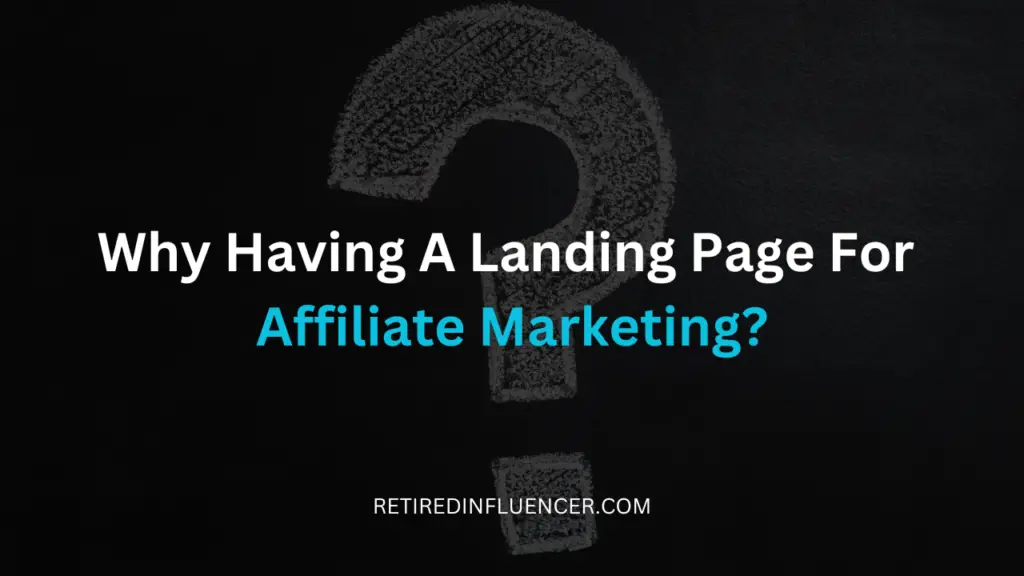
Having a landing page helps boost or increase conversion rates.
A landing page contributes significantly to building trust and credibility with your visitors by presenting relevant and reliable information about your promoted products or services
That’s showcasing key features and benefits and addressing common concerns about your product.
Minimizing confusion and providing users with the information they needed to proceed confidently in their decision-making process.
- PS: How To Build An Affiliate Marketing Business That Generate Daily Commission. Start Here.
Here are some advantages of incorporating landing pages in affiliate marketing:
- For Providing Information About Promoted Products
- For Building Trust With Visitors
- Conversion Optimization
- For Collecting Valuable Data From Visitors
- For Tracking And Analyzing The Performance Of Affiliate Marketing Campaign
- Optimized User Experience
- Customization For Target Audience
1. For Providing Information About Promoted Products
Landing pages help affiliates share important details about a product or service in a simple way. This clear communication makes it easier for people to understand and decide quickly.
2. For Building Trust With Visitors
Adding things like customer stories, reviews, and trust symbols on landing pages creates trust with potential customers. The clear content and signs of credibility make people feel secure about the promoted offer.
3. Conversion Optimization
Landing pages play a big role in getting people to take action, like making a purchase or signing up, through well-placed buttons or forms. The focused design and convincing elements guide visitors toward doing what the affiliate wants them to do.
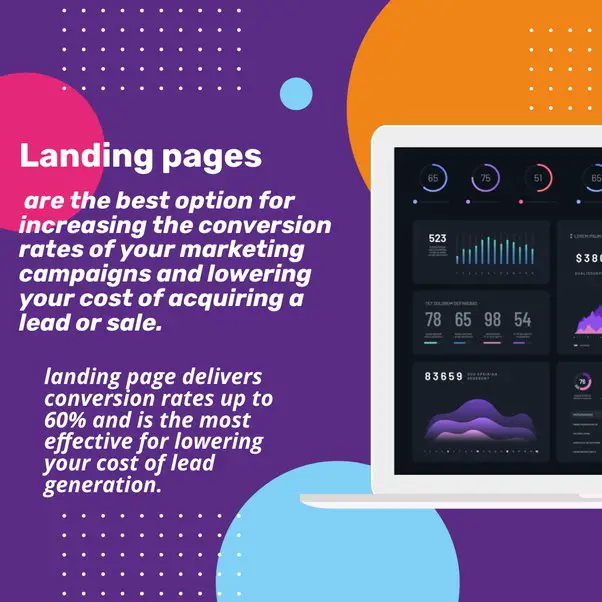
4. For Collecting Valuable Data From Visitors
Affiliates can use landing pages to collect important information, like email addresses, for future marketing. This data helps build a connection with the audience and keeps communication going.
5. For Tracking And Analyzing The Performance Of Affiliate Marketing Campaigns
Landing pages create a controlled space to see how well affiliate marketing campaigns are doing. Affiliates can learn about visitor behavior, conversion rates, and other important details to improve their strategies.
6. Optimized User Experience
Landing pages are made to be smooth and easy to use, so visitors can quickly find what they’re looking for. When people have a positive experience, they’re more likely to get involved and take action.
7. Customization For Target Audience
Affiliates can adjust landing pages to fit specific groups of people, considering their unique interests. This customization makes the content more relevant, connecting better with the intended audience.
Recommended Reading: How To Use Email Marketing To Increase Affiliate Sales
Potential Challenges Associated With Using Landing Pages For Affiliate Marketing

In this section, I’m going to share with few challenges associated with using a landing page for affiliate marketing.
1. Overloading Information
If your landing pages aren’t designed carefully, they might have too much information, making visitors feel overwhelmed and lose interest.
The challenge is to give important details to visitors without making the page too messy or confusing.
2. Slow Loading Times
Complicated or not well-put-together landing pages can be slow to load, giving users a bad experience.
When pages take a long time to load, the impatient people might leave before everything shows up, which can increase bounce rates.
3. Design Inconsistency
When the design of your landing page doesn’t match your brand or promoted product, it can be confusing.
You want to make sure the design stays the same as it’s important for building trust and making sure the user’s journey through the page makes sense.
- Recommended Reading: How To Optimize A Landing Page for Affiliate Marketing
What Are The Best Landing Page Builder For Affiliate Marketing
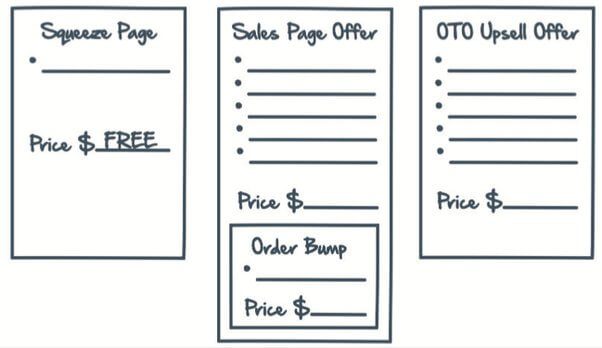
There are so many landing page builder software out there but I’m going to give you only three.
That said, landing page builder software or tools are not just for capturing the email addresses of people; it has a ton of benefits more than that.
Benefits such as:
- Tracking your audience’s activities
- Segmenting your list
- Expanding your list or audience
- Scaling your business and income, etc
Below are some of the best capture page builder tools for affiliate marketing:
GetResponse:
In the email marketing industry, GetRespons is one of the best page builder software.
It is an easy-to-use platform and has all the features needed to run a successful email marketing campaign.
It enables you to create a landing page, webinars, and autoresponder, and increase your affiliate sales.
GetResponse comes with a free plan with no credit card required (500 contacts).

ConvertKit:
Convertkit is also another great email service out there that can help you grow your audience and scale your business.
It is an easy-to-use platform, even a complete beginner who has not tried email marketing before can use the platform.
ConvertKit offers a free start-up fee and you can upgrade later to get all its features.
MailChimp:
This is for beginners who are just starting out with no money.
MailChimp is beginner-friendly email software for people who don’t have a ton of knowledge about how to use email software tools.
It comes with some cool features such as ready-made email templates, customer autoresponders, email tracking, full integration with Google Analytics, etc.
MailChimp allows you to capture visitors’ email addresses on your website for free.
You can build up to 2,000 contacts with the Mailchimp free plan.
The above-mentioned are some of the best tools for email marketing for affiliate marketing.
But my best pick is GetResponse. GetResponse is an amazing email tool, I used GetResponse myself, and my experience with them was awesome.
Frequently Ask Question
Question: Can I participate in affiliate marketing without creating a landing page?
Answer: While it’s technically possible to engage in affiliate marketing without a landing page, having one can significantly enhance your chances of success. A landing page acts as a bridge between your promoted affiliate product and the potential customer, providing valuable information and increasing conversion rates.
What is the role of a landing page in affiliate marketing?
A landing page in affiliate marketing serves as a dedicated, standalone web page designed to promote a specific affiliate product, service, or offer. It focuses on convincing visitors to take a desired action, such as making a purchase or providing their contact information, by presenting compelling information and calls-to-action.
Do I need technical skills to create a landing page for affiliate marketing?
Not necessarily. Various user-friendly tools and platforms, like website builders or landing page software, make it easy for individuals with limited technical skills to create effective landing pages. These tools often provide templates and drag-and-drop functionality, simplifying the process.
What makes a good landing page?
A good landing page is like a friendly guide that helps visitors quickly understand and take action:
- Relevance: A successful landing page is closely aligned with the ad or promotion that brought the visitor there. The content and design should reflect the expectations set by the marketing message, ensuring a seamless and coherent user experience.
- Clear Call-to-Action (CTA): A well-defined and prominently placed call-to-action guides visitors on what action to take next, whether it’s making a purchase, signing up, or downloading something. The CTA should be compelling and stand out on the page.
- Concise and Compelling Content: The content on a landing page should be clear, concise, and focused on the primary message. Avoid unnecessary details and distractions. Use persuasive language to communicate the value proposition and benefits of the product or service.
- User-Friendly Design: A good landing page has a clean and visually appealing design. It should be easy to navigate, with a layout that directs attention to the most important elements. Mobile responsiveness is crucial as well, considering the increasing use of mobile devices.
- Minimal Distractions: Eliminate unnecessary links, navigation menus, or other distractions that could divert visitors away from the main goal. The focus should be on keeping the user engaged and leading them towards the desired action.
- Trust Indicators: Including trust-building elements such as testimonials, reviews, security badges, or recognizable brand logos can instill confidence in visitors, increasing the likelihood of conversions.
- Optimized Loading Speed: A good landing page loads quickly to provide a smooth and responsive user experience. Slow-loading pages can lead to frustration and higher bounce rates, negatively impacting conversion rates.
- A/B Testing: To continually improve performance, consider implementing A/B testing on various elements of your landing page, such as headlines, images, or CTA buttons. This data-driven approach helps identify what resonates best with your audience.
How does a well-designed landing page impact affiliate marketing success?
A well-designed landing page can significantly impact affiliate marketing success by improving conversion rates. It allows you to present information about your promoted affiliate product in a compelling way that builds trust with visitors and guides them toward the desired action, ultimately maximizing your affiliate commissions.
Can social media or direct linking replace the need for a landing page in affiliate marketing?
While social media and direct linking can be part of your affiliate marketing strategy, they don’t necessarily replace the need for a landing page. A landing page provides a focused and controlled environment where you can tailor the message, build a relationship with the audience, and optimize for conversions, which can be challenging with direct linking alone.
What Are The Types Of Landing Pages?
There are three main categories of landing pages and these are:
- Standalone Landing Pages: These include lead generation, click-through, infomercial, and viral landing pages.
- Microsites: These include a multi-page website that is usually created as an add-on to the main website.
- Internal Website Landing Pages: These include homepages and the details of the product pages.
That’s It, Folks!
Having a landing page for affiliate marketing isn’t mandatory, but it plays a crucial part in any successful affiliate marketing activities.
Here are some reasons:
They are essentially the page that visitors are directed to after clicking on your affiliate link, and they play a vital role in the conversion process.
Another reason why landing pages are necessary for your affiliate marketing activities is that they help to improve the overall user experience.
A well-designed landing page can provide visitors or customers with all the information they need about your product or service, making it easier for them to make a purchase decision.
It can also help to build trust and credibility with your audiences or ideal customers, which is essential for long-term success in affiliate marketing.
RELATED ARTICLES:


